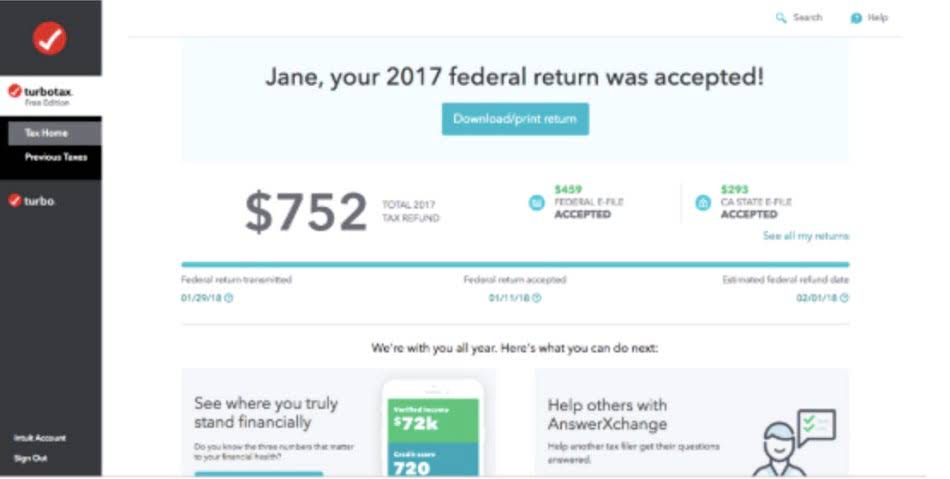Your cart is currently empty!

You’ll find the number of common and preferred stock issued under the shareholders’ equity section. Add the preferred shares outstanding to the common shares outstanding to get the total number of issued shares. Outstanding shares refer to the total shares of a company held by all shareholders, including the public and insiders. Normal shares typically refer to shares that are issued and sold to investors but don’t include treasury shares.
Create a free account to unlock this Template
It also improves metrics such as earnings per share because fewer shares are outstanding. The easiest way to locate the number of outstanding shares for a firm is to look at its most recent annual report, which includes a copy of its balance sheet. Most companies include copies of their annual reports Car Dealership Accounting on their investor relations webpages. Shares outstanding is the total number of shares that a business’s shareholders own, including shares owned by institutional investors but excluding shares owned by the company. As a potential investor, it is important to understand the meaning and functionality of outstanding shares as they can affect various financial parameters and also show the company’s liquidity.
#5 – The Company has done a Share Reverse in the Ratio 2:1

Please note that by submitting the above mentioned details, you are authorizing us to Call/SMS you even though you may be registered under DND. In this example, that could increase the EPS because the 100 closed stores were perhaps operating at a loss. By evaluating EPS from continuing operations, an analyst is better able to compare prior performance to current performance. The land on which one of the factories sits has become very valuable as new developments have surrounded it over the past few years. The company’s management team decides to sell the factory and build another one on less valuable land.
Weighted Average Shares Outstanding
- For example, if a company shows 500,000 shares authorized in the common stock line item’s description, it can sell up to 500,000 shares to investors.
- Outstanding shares differ from treasury shares, which are the shares held by the company itself and which cannot be sold in the open market.
- Traders can also use shares outstanding to estimate a stock’s floating shares.
- Earnings per share is one of the most important financial metrics employed when determining a firm’s profitability on an absolute basis.
- Conversely, outstanding stocks will decrease if a firm completes a share buyback or a reverse stock split (consolidating a corporation’s shares according to a predetermined ratio).
Once the buyback is completed, the company has reduced its number of outstanding shares to 1,800. This reduction increases the earnings per share (EPS) for existing shareholders, as the company’s profits are now distributed among fewer shares. After that, investors may sell it to another investor on the secondary market.
- Identify the number of shares issued in the common stock line item’s description.
- At this date, the company had 2.4 billion shares authorized and issued around 1.19 billion shares.
- The Weighted Average Shares Outstanding represents a company’s normalized, time-weighted common share count across a specified period of time.
- If the firm institutes a buyback program, purchasing shares from investors, it can reduce the number of shares outstanding.
- The number of treasury shares held by companies is reported in the treasury stock account.
- Click the “Calculate Weighted Average” button, which will display the total days, ending shares, and weighted average.
Shares outstanding and floating stock are different concepts that relate to a company’s shares. Shares outstanding refer to the total number of contra asset account shares held by all shareholders, while floating stock refers to the number of shares available for trading in the public market. The difference between outstanding shares and floating stock is the number of shares that are available for public trading.
Weighted Average Shares Outstanding Formula
- Commonly, we can divide outstanding shares into equity and preference shares, with each having its obligations and rights.
- Businesses repurchase stock to increase the price of the remaining outstanding shares.
- Limited liability helps protect shareholders in case a company goes bankrupt.
- Let there be a Company A that has 100 thousand shares outstanding at the start of the year, i.e., 1 January.
- The number of weighted average shares outstanding is used in calculating metrics such as Earnings per Share (EPS) in order to provide a fair view of a company’s financial condition.
- Besides his extensive derivative trading expertise, Adam is an expert in economics and behavioral finance.
When companies buy back their own shares, the shares remain listed as issued, even though they are not classified as “treasury shares” because the company may resell them. For a small, closely held corporation, the original owners may hold all the issued shares. A number of company activities can change its number of shares outstanding. It can issue a new round of stock in order to raise money for expansion. It can split its stock to reward its current investors and to make its price per share more tempting to new investors.

The number of outstanding shares is also in the capital section of a company’s annual report. Identify the number of shares issued in the common stock line item’s description. This number is typically much smaller than the number of shares authorized.


A company can issue seven different types of shares, depending on its specific how to find shares outstanding needs and aims. Preferred shares take priority over common shares, in terms of asset distributions in the event of bankruptcy. The securities quoted in the article are exemplary and are not recommendatory.
![TUSK INSTRUMENTS LTD. [UK]](https://tuskuk.com/wp-content/uploads/2023/01/logo-1.png)